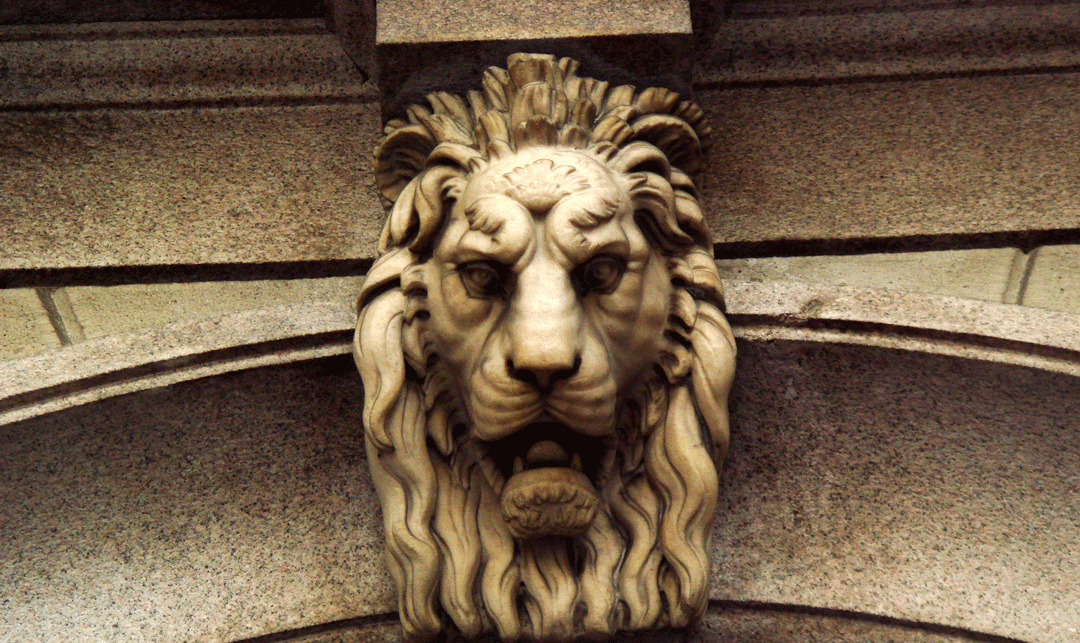Planes, trains, automobiles, and very brisk walks—on the move pretty much describes the last year of Ini Archibong’s ascent to becoming one of the design world’s most watched talents. For a man who by all measures has arrived, he spends much of his time commuting from his home base in Neuchâtel, Switzerland, to the various places his projects take him: to Paris for the fashion shows or a tête-à-tête with Hermès artistic director Pierre-Alexis Dumas, to New York, where he collaborates on ethereal lighting collections for the visionary gallery Friedman Benda, or to the headquarters of the iconic Knoll Furniture in bucolic Greenville, Pennsylvania, where he might be found in a huddle with the design team. Never mind the working layovers in London for Sé—or in Slovenia, Berlin, Milan—it’s all at hummingbird pace. At 36, the Nigerian-American designer is a long way from his native Los Angeles, where he began his journey at ArtCenter College of Design in the suburb of Pasadena, barely 10 years ago.

The 36-year-old design star Ini Archibong.
On the heels of releasing the celebrated Galop women’s watch for Hermès, launching the sumptuous Below the Heavens furniture collection for Sé, and participating in a groundbreaking group exhibition at the Dallas Museum of Art, Archibong is diving into a collection for Knoll, working closely with the company’s renowned design director, Benjamin Pardo. “The synergy is very similar to the synergy that I have with Hermès,” Archibong says. “Aside from the fact that they’re both companies with a long history in design, there’s a strong ethos to create things of high quality that will last.”
Unlike many of his peers, Archibong doesn’t think (or talk) about his “brand” or his own legacy, nor does he drop fast-design collections at big-box retail brands. He doesn’t even cultivate his Instagram following. He is more like-minded with his mentors, including Jerry Helling from Bernhardt Design and Eight Inc.’s Tim Kobe, who designed the Apple Stores.
“Design that’s meant to last more than 100 years,” he says. “That’s always been my manifesto, philosophy, approach. I was meant to create those things.”
Inspired by mythology, Archibong’s pieces for Sé are studies in tension. His undulating couches pay homage to the imposing strength of monolithic architecture but have no hard edges, and his glass, marble, and brass side tables are balanced but play with asymmetry. The young creative describes his work as “emotional, beautiful, spiritual,” eschewing minimalism, maximalism, or anything with a hint of trend.

The Switzerland-based designer’s furniture collection for Sé.
But Archibong, who grew up wanting to be a banker, doesn’t have his head in the clouds; his feet are firmly on the ground.
“When I started on the path to be a creative, it was based on the understanding that business-wise this was the most business-smart decision that I could make, to lean into a core offering that was unique, that I could literally own myself, and that nobody could ever take away from me, and that I could have a monopoly on, which is the creativity,” he explains. “That comes only from me.” designbyini.com












































